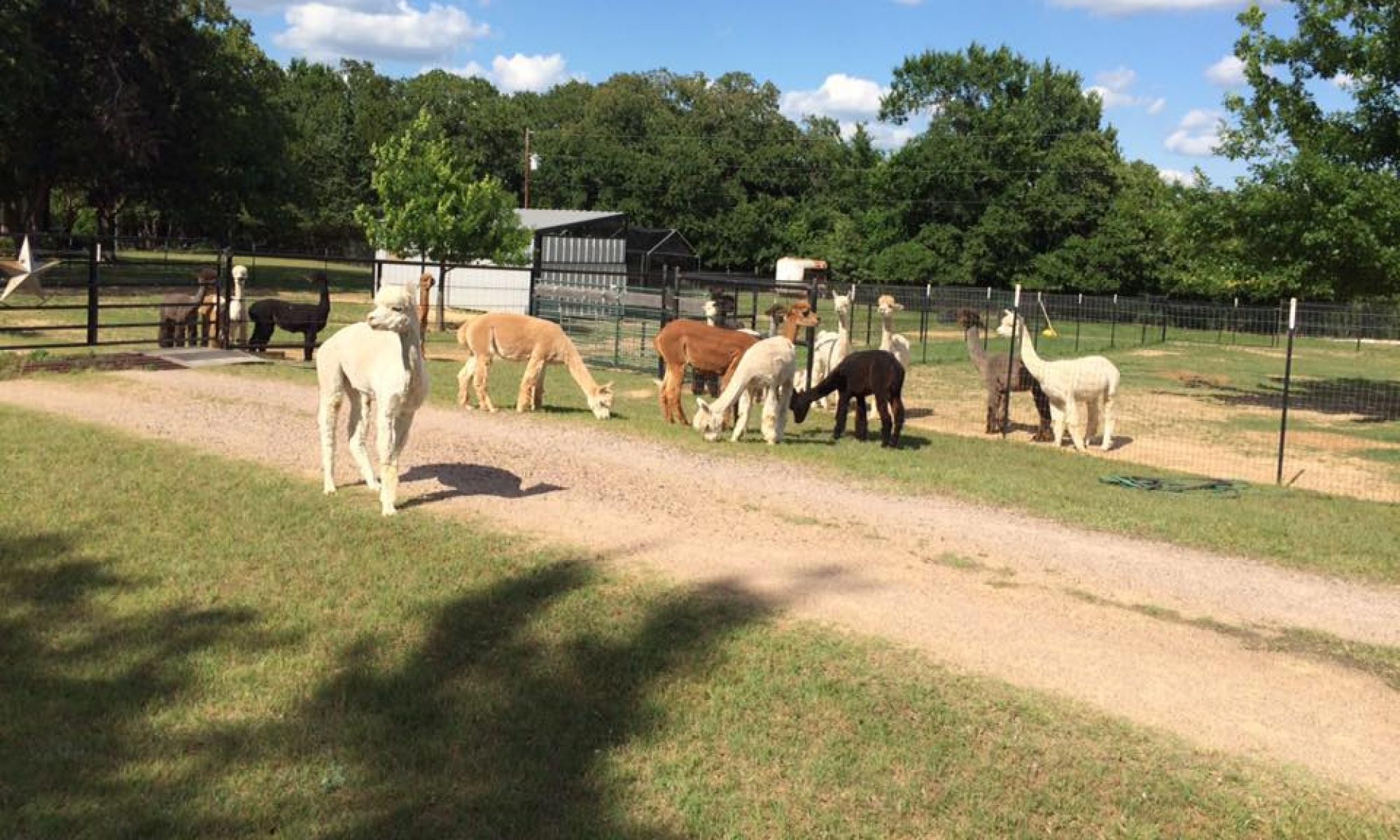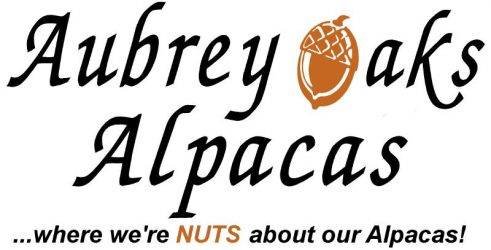QUOTATION from here to the end :
Minimum Standards of Care for Llamas and Alpacas
Minimum Standards of Care are mandatory to llama and alpaca survival and humane treatment. These are the most basic requirements that all llamas and alpacas must have for physical well-being and, as such, define minimum requirements for animal control officers and government officials investigating questionable llama and alpaca care situations.
- WATER: Animals should have continuous access to potable drinking water.
- NUTRITION: Animals should have nourishment adequate to sustain life and health.
- SHELTER: Animals should have natural or man-made shelter that enables them to find relief from extreme weather conditions. The sheltered area must allow for the ability to stand, lie down, rest and reasonably move about.
- MOBILITY: Animals should have a living area through which they can move freely and exercise independently.
- NEGLECT: Animals should have a physical appearance free from signs of serious neglect. Signs of serious neglect may include such things as crippled ambulation due to severely curled toenails, ingrown halters, or living conditions not meeting the minimums listed above.
- SAFETY: Animals should be reasonably safeguarded from injury or death within their defined living environment and/or when traveling.
- CRUELTY: Animals should be reasonably safeguarded from cruel treatment and actions that endanger life or health or cause avoidable suffering.
- SOCIALIZATION: Llamas and alpacas are herd animals and should not live alone without a companion animal. A cria (a baby llama or alpaca under six months) should not be raised apart from other llamas or alpacas.
Ackowledgements:
The Minimum Standards of Care for Llamas and Alpacas were developed by the Standards of Care Committees charged by Camelid Community with writing and gaining broad-based consensus on those minimums. They are based on detailed input from a wide range of llama and alpaca owners, breeders, academics and veterinarians from across North America who offered suggestions as part of extensive outreach.
Support for the project has come in various forms – responses to questionnaires, donations of seed money, research, writing, editing, discussion, donated graphic arts and production, and veterinarian and legal document review. To all those who participated in the development of this document, the Standards of Care Committees, which became the Camelid Community Standards of Care Working Group, extend a sincere thank you.
Appreciation is extended to the following individuals, who have made special contributions in their areas of expertise.
- David E. Anderson, DVM, MS, DACVS OH
- Karen Baum, DVM, VA
- Leah & Allan Dewald, MD, SD
- Murray Fowler, DVM, CA
- Nancy Irlbeck, Ph.D., CO
- Michelle Kutzler, DVM Ph.D., OR
- Patrick Long, DVM, OR
- Bob Mallicoat, JD, CA
- Ty McConnell, DVM, CA
- Jeanne Rankin, DVM, MT
- Cheryl Tillman, DVM, OR
This document may be reproduced without permission, in its entirety only, as long as the copyright citation is included.
©2005, Camelid Community Standards of Care Working Group

